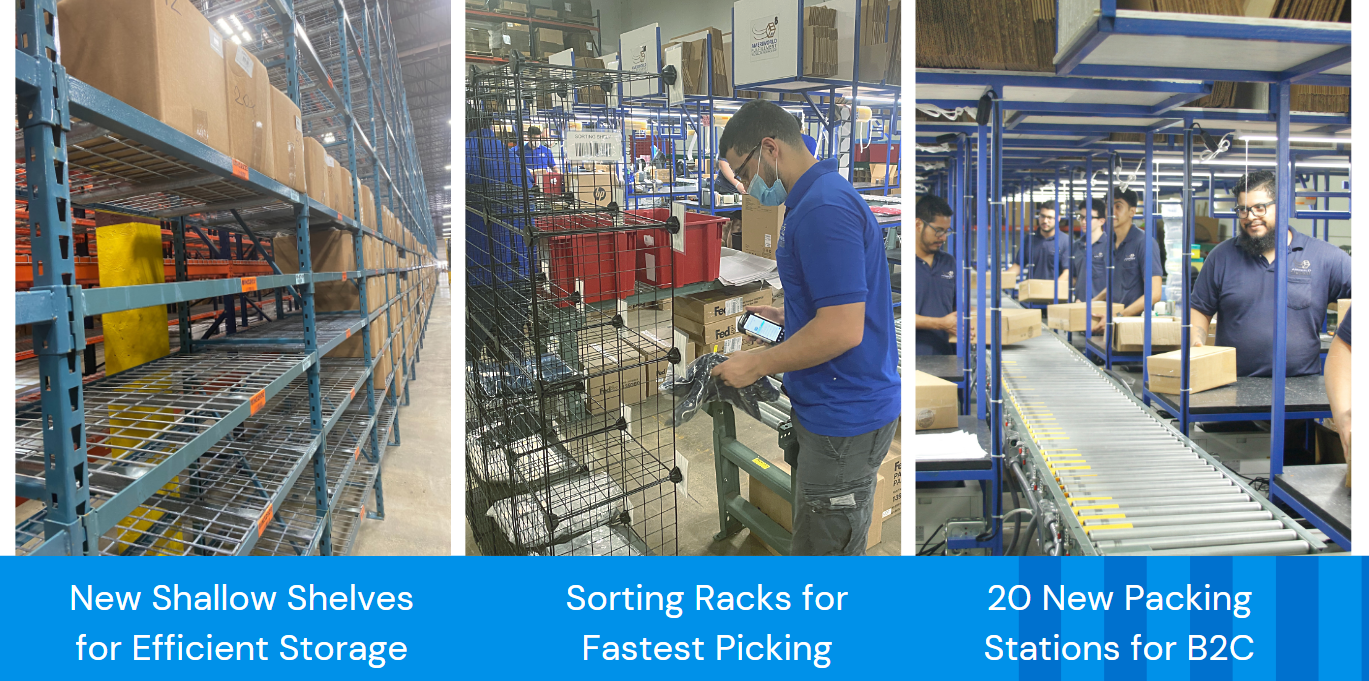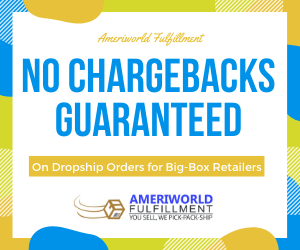
FBA, FBM, or Seller Fulfilled By Prime?
Amazon has nearly three million active sellers, and this number is increasing by thousands each day. Sellers have two options when it comes to order fulfillment. They can either pay Amazon to handle it or manage the process themselves.
Amazon offers two programs for this purpose.
- FBA or Fulfillment by Amazon.
- FBM or Fulfillment by Merchant.
Most surveys reveal that many Amazon sellers incorporate FBA into their fulfillment strategy, while one-third utilize Amazon FBM. Some sellers combine both methods, while others use just one.
There is also a third option called Seller Fulfilled Prime or SFP.
Whether they allow Amazon to do it or choose to do it by themselves, there are challenges involved. Both of these fulfillment e-commerce systems have their own sets of pros and cons. If you are not sure which one to use, don’t worry. Many sellers are facing the same dilemma.
Read on to learn how to resolve it and manage your business smoothly and efficiently.
Amazon FBA
Amazon FBA stands for Fulfillment by Amazon. It is a program offered by Amazon that allows e-commerce brands to stock their goods in Amazon’s fulfillment centers. When the products get stored here, the whole fulfillment process becomes Amazon’s responsibility. These include collecting, packing, shipping, and providing customer support. When a customer orders a product fulfilled by Amazon, the company handles the packaging and shipping on behalf of the seller.
The steps involved are:
- Inventory Storage: The sellers send their products to Amazon’s fulfillment center, where they are stored until sold.
- Order Placement: Customers place orders on Amazon’s marketplace for products fulfilled by Amazon.
- Order Fulfillment: Amazon picks, packs, and ships the products to the customers on behalf of the seller.
- Customer Service: Amazon provides customer support, including handling returns and managing inquiries related to the order.
FBA Benefits
Benefits of using Fulfilled by Amazon option include access to Amazon’s massive customer database, Prime eligibility for products, reliable and efficient fulfillment services, and the trust allied with Amazon’s brand and customer service.
Sellers must pay fees based on the storage space used, order handling, marketing, and shipping services provided by Amazon. These fees vary according to the product size, weight, and storage duration.
Amazon FBM
Amazon FBM, or Fulfillment by Merchant, is an Amazon-powered fulfillment method that permits e-commerce businesses to take full ownership of the entire fulfillment process. Sellers using FBM are responsible for storing their products, picking, packing, and shipping orders. They are also responsible for managing customer service and handling returns.
In other words, sellers utilize their own resources or third-party logistics providers to fulfill orders instead of relying on Amazon’s logistics infrastructure.
The steps involved are:
- Inventory Management: Sellers maintain inventory in their warehouse or storage facilities.
- Order Processing: When a customer orders on Amazon, the seller receives the order notification and picks up, packs up, and ships out the products.
- Shipping and Delivery: Sellers collaborate with shipping carriers to pick up and deliver the packages to customers.
- Customer Service: Sellers handle customer inquiries. They provide support and manage returns and refunds directly for their online sales.
FBM Benefits
Using Amazon Fulfilled by Merchant facility gives sellers more control over the fulfillment process, including branding and packaging customization. It is a cost-effective option for sellers with their own fulfillment capabilities and those who prefer to maintain direct control over their inventory. Also, they have somewhat of a “list” of their client’s addresses, in case they want to run a direct campaign in the future.
With Amazon FBM, sellers are responsible for meeting Amazon’s performance metrics and ensuring timely delivery and customer satisfaction.
Amazon SFP
SFP stands for Seller Fulfilled Prime. It is a program by Amazon that sellers can leverage to fulfill orders themselves (FBM) while still offering the benefits of Prime shipping to customers.
Under the Seller Fulfilled Prime program, sellers who meet Amazon’s stringent performance criteria can display the Prime badge on their product listings. Their products are eligible for Prime two-day or one-day shipping, just like those fulfilled by Amazon’s fulfillment warehouse facilities through FBA.
The steps involved are:
- Eligibility and Integration: Sellers must meet specific requirements set by Amazon. They must demonstrate a track record of reliable fulfillment and meeting delivery speed metrics. They must also agree to integrate their systems with Amazon’s API to sync order data.
- Fulfillment: Once a customer places an order, sellers must deal with picking, packing, and shipping the products directly to the customer within the promised Prime delivery timeframe.
- Shipping and Delivery: Sellers can use their preferred shipping carriers or leverage Amazon’s Buy Shipping Services to generate shipping labels. They must consistently meet Amazon’s delivery speed requirements.
- Customer Service: Sellers are responsible for providing excellent customer service, including handling inquiries, returns, and refunds promptly.
SFP Benefits
By participating in Seller Fulfilled Prime, sellers can tap into the Prime customer base and benefit from increased visibility. They can also benefit from the trust generated by the Prime badge. By doing so, sellers can maintain control over their inventory, and its fulfillment process even if working with a 3PL like Ameriworld, while still meeting the fast and reliable shipping experience that Prime members expect.
The scale of your business and the type of products you sell are the factors that influence the choice of your order fulfillment vehicle. The choice between FBA, FBM, and SFP is also based on the control brands want over their product and their customers’ experience.
